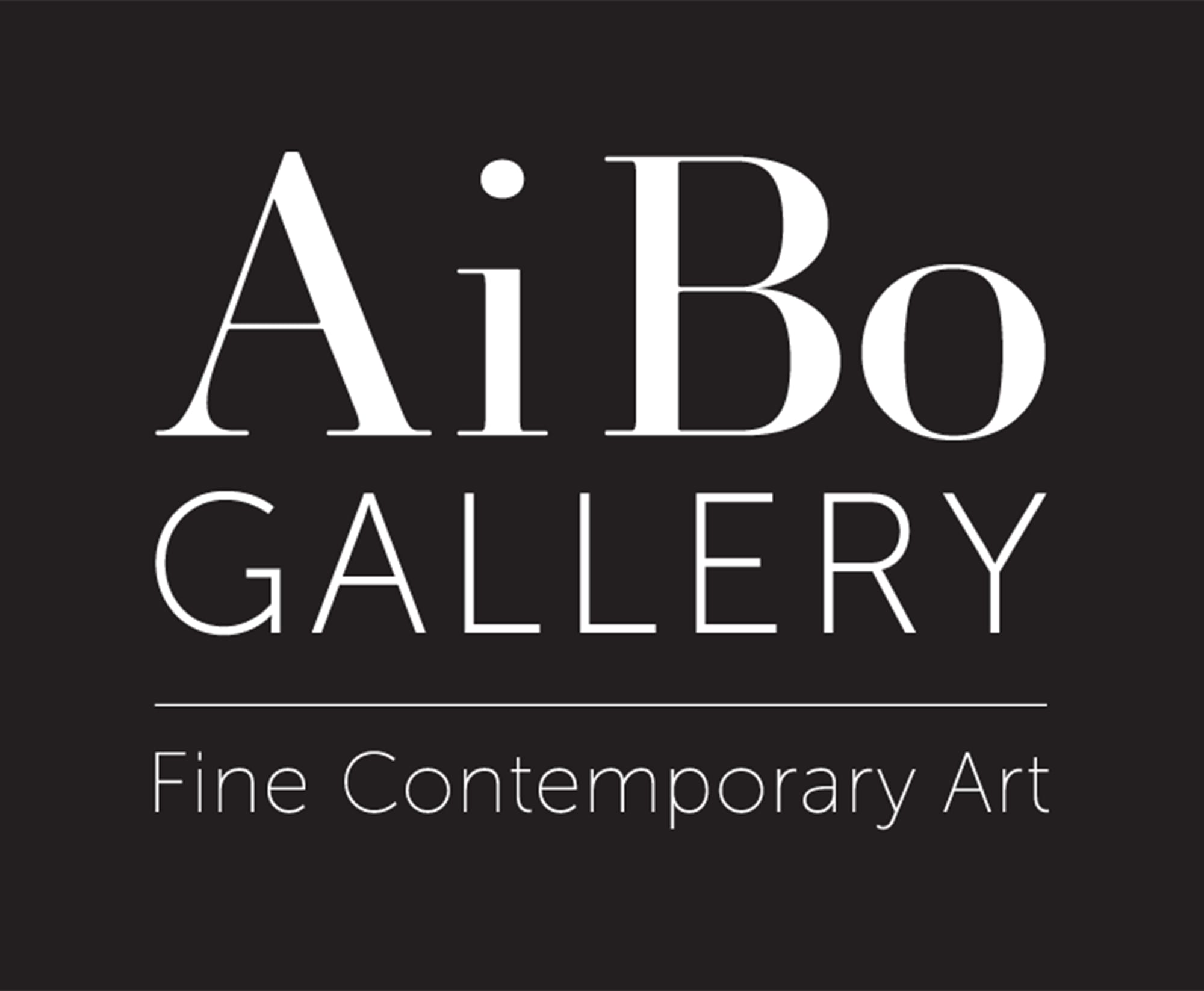Ford Crull was raised in Seattle, where he graduated from the University of Washington. His work is in the collections of the Metropolitan Museum of Art, the National Gallery, Dayton Art Institute, and the Brooklyn Museum. His paintings were included in the important 1989 Moscow exhibition, "Painting After the Death of Painting," curated by Donald Kuspit. Recent exhibitions have included shows in Shanghai, London, Milan, and Seattle.
Crull continues to explore the expressive power of personal and cultural symbols in a series of densely painted and vividly colored compositions. Crull uses identifiable images such as hearts, wings, crosses, and the human figure, as well as geometrical emblems and abstract forms whose meanings are less explicit. Words, in the form of cryptic, fleeting phrases, also animate Crull's pictorial world.
There is a strong element of the diaristic in Crull's work, with each painting serving as a kind of painterly journal of reflections and reveries, set loose from their origins in specific events. In a wider sense, these paintings constitute a kind of intensive search to wrest meaning from an anarchy of feeling. As meditations on emotional chaos, they enter into a world of competing impulses and simultaneous transmissions, seeking a resolution that is both cathartic and mysterious.
Crull employs a myriad of symbols which variously imply a sexual unfolding, romantic suffering, occult wisdom, and transcendental release. These symbols coexist in a psychic atmosphere in which they overlap, dissolve, and reappear with a kind of furious insistence. The heart is among the most frequent of these symbols, combining love on both physical and spiritual levels. Crull's written words act as a kind of voice which emerges from and disappears back into the highly worked surface. The scrawled, fragmentary phrases serve as kind of conscious counterpoint to the free flowing of gestural abstraction and symbolic forms. Color is the silent partner to language, infusing the welter of images with an enveloping emotional atmosphere, ranging from hot reds and golds to cool shimmering light blues and whites.
"The ambiguity of the image is central to my expression of life in art. The derivation of my symbols, pulled out from the oceanic flow of an unconscious, devolved dream state, reflects a necessity for metamorphosis and recombination that deprives the image of any safe haven. Rather, my images are involved in a perpetual dance, a narrative flow that destroys any preconceived notions or verbal meanings. The viewer is free to associate around the visual text which I present, supplying his own interpretations from his own experiences. Ambiguity of the image forces the viewer into a more intensive study of the work, so that the deeper layers of reality are unveiled, revealing the many facets of an idea, the many levels of its nature. This is the real pleasure of my painting: to present a tableau of associations, an unceasing unfolding of meanings, to offer a glimpse of a more universal state of consciousness, unbound by the limitations of time and convention."

